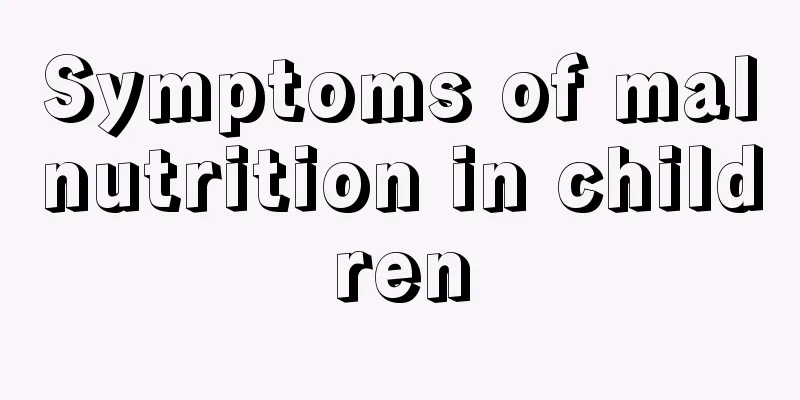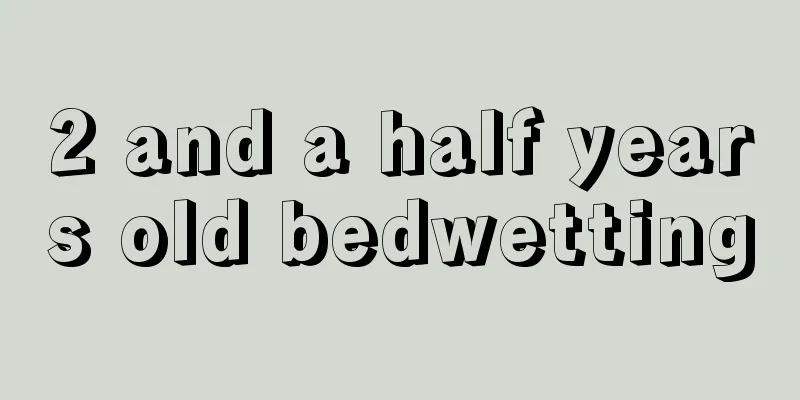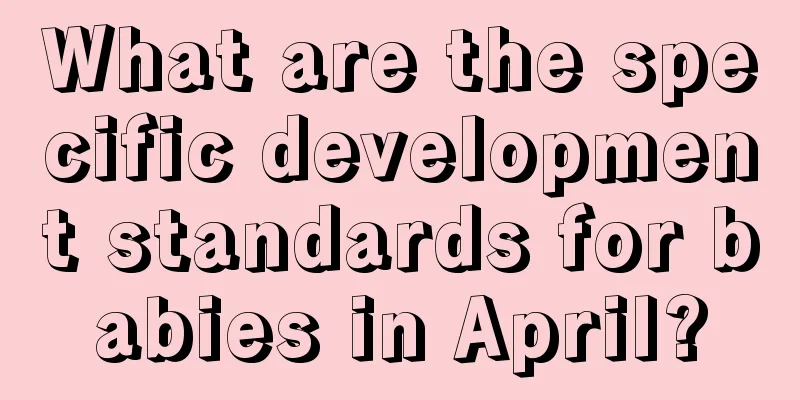How many months old is the baby's neck completely stiff

|
Most babies can practice lifting their heads at three months old, and can be held upright at three months old, but the time should not be too long. However, because each baby's physique and eating habits are different, some may come earlier than others. As long as the child is in a good mental state, has a good diet, and has normal urination and defecation, he will grow up healthily. Children like to be held upright so that they can see a lot of things and satisfy their curiosity. Limb motor development indicators for babies aged 0-6 months: In the first week within one month , the arms and legs are not fully stretched out and the body is curled up. When he feels a loud noise or sudden movement, he will automatically arch his back and stretch his arms and legs, but these movements are mostly unconscious and uncoordinated. After a week, the baby will stretch his limbs, show some specific limb reflex movements, and his hands will have the ability to grasp. When adults put their fingers into the baby's palms, they will immediately respond by clenching their fists; observe whether their hands spontaneously clench and open while they sleep. At two months , the baby can support himself in a prone position for about 30 seconds with his face at 45 degrees to the bed. Since the innate reflex has not disappeared, he will often punch. The baby lies on his stomach with his hands on both sides of his head. The adult teases the baby with a toy in front to see if the baby will raise his head. 3-4 months At 3 months, the baby can lie on his stomach with his head at 90 degrees to the wound. He can support himself with his forearms and turn from supine to side lying by himself. His two little hands can be clasped together and can hold on for up to 30 seconds. Let the baby lie prone with his arms on both sides of his head, and the adult can use toys in front to tease the baby; let the baby lie on his back, wear loose clothes, and when his arms can move left and right, his hands will touch the chest. At 4 months, the baby can sit up and try to turn over by holding the hips. He can lift his whole body with his hands in the prone position. He can sit for ten to fifteen minutes with his head upright, stable and his back straight. When lying on his prone, he can raise his head to 90 degrees to the plane. When lying on his back, he can stretch his neck to reach his hands and feet. He can flex the muscles below the waist to a limited extent and raise his hips. He can roll from one side to the other when lying on his prone, and can roll from prone to side or back. 5-6 months At 5 months, with hands supporting the baby's armpits, the baby can stand on the bed or on the adult's legs for more than two seconds; the baby can lie on his back with toys hanging above him and grab the toys; he can grab two building blocks with both hands one after the other. When a 6-month-old baby lies on his stomach, he can use his elbows to support his chest and lift it up, but his abdomen still rests on the bed. When lying on his back, he likes to stretch his legs and lift them up. Able to sit with back against pillow in a relatively balanced manner and able to crawl on stomach on the ground. Can hold things with one hand. |
<<: What causes goose bumps on children?
>>: What to do if your child has wind pimples
Recommend
What complementary food should babies eat when they have a cold?
Baby colds are a common pediatric disease. The oc...
What kind of children will get leukemia?
Friends who often browse information online will ...
What are the symptoms of a low-grade fever?
Parents are the most anxious when their babies ha...
What should I do if my baby catches a cold and has diarrhea?
When a baby catches a cold, it is easy for him to...
What will happen if a 10-year-old doesn't like to wash his face?
There are many ten-year-old children who don'...
Can children take a hot bath when they have a cold?
Children are a group that is very prone to catchi...
What should I do if my child gets itchy and scratches the pimples?
Itching on the body is a very common phenomenon, ...
Why is the child shaking all over?
There are many reasons why children tremble all o...
What to do if a one-year-old child has a fever
Now many families have only one child, so childre...
What are the baby growth indicators?
Every parent hopes that their children can grow u...
Normal range of vital capacity for children
Vital capacity refers to the maximum amount of ox...
Physiological changes in girls during development
We all know that the fastest period of human deve...
What kind of fruit is better for babies with colds?
Most babies don't want to eat after catching ...
What should I do if my child has irregular menstruation?
The first time menstruation comes is probably whe...
The baby has a white hair
Babies' hair is actually black since birth. B...









